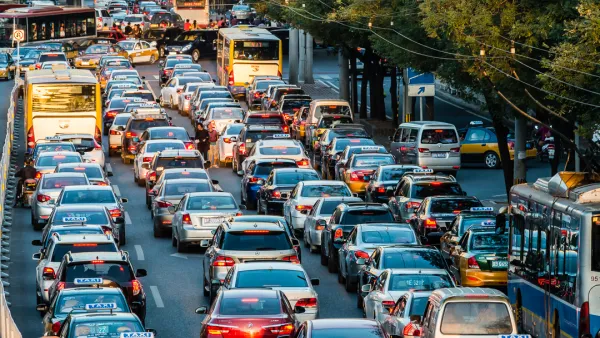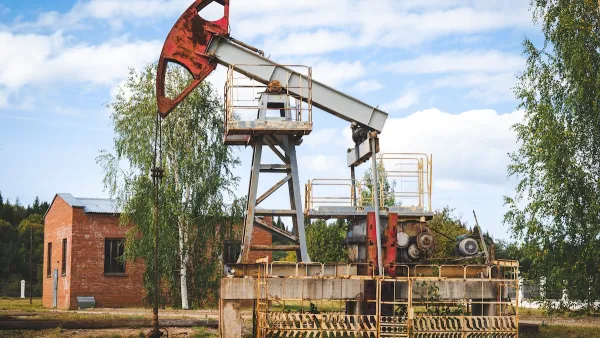Delhi’s unpleasant pollution predicament, and its ensuing health consequences, are causing environmentalists, doctors and local officials to grow increasingly alarmed.
Delhi’s unyielding pollution problems came to the forefront last month, “[w]hen an acrid blanket of gray smog settled over” the city, writes Niharika Mandhana. Environmentalists became concerned and state officials baffled as they sought to better understand “why the air had suddenly gone so bad” she adds. Even doctors are now worried, after seeing sharp increases in visits related to heart and pulmonary matters this winter. Yet despite Delhi’s efforts over the last decade to curb its pollution problem — including closing polluting industries, expanding green spaces, and making costly investments in converting its buses and rickshaws to compressed natural gas — matters seem to be worsening.
Some of the primary factors causing Delhi’s growing pollution and smog include its increasing population, astounding motorization, and lax environmental standards in surrounding areas. “Each day, about 1,400 new vehicles hit the roads of the city, already home to over seven million registered vehicles, a 65 percent jump from 2003” reports Mandhana, adding, “[a]s a result, fine-particle pollution has risen by 47 percent in the last decade. Nitrogen dioxide levels have increased by 57 percent.” Experts such as Anumita Roychowdhury, the executive director of the Center for Science and Environment, asserts that Delhi has “already plucked the low-hanging fruits” in its past policy efforts and that “it’s time for aggressive, second-generation reforms."
Solutions proposed by environmentalists include a heavy tax on diesel vehicles, steep increases in parking charges, and a broad upgrade of the city's public transportation system to ensure greater overall efficiency. Sheila Dikshit, the chief minister of the State of Delhi, denies the gravity of city’s pollution problems, but remains open to new solutions including a “green tax."
“What is alarming is the impact that Delhi’s prosperity and its comfortable living is having on attracting more and more people to come here,” Ms. Dikshit said. “How much we will be able to sustain that impact of people coming and never going out is a big question.”
FULL STORY: ‘Untamed Motorization’ Wraps an Indian City in Smog

Analysis: Cybertruck Fatality Rate Far Exceeds That of Ford Pinto
The Tesla Cybertruck was recalled seven times last year.

National Parks Layoffs Will Cause Communities to Lose Billions
Thousands of essential park workers were laid off this week, just before the busy spring break season.

Retro-silient?: America’s First “Eco-burb,” The Woodlands Turns 50
A master-planned community north of Houston offers lessons on green infrastructure and resilient design, but falls short of its founder’s lofty affordability and walkability goals.

Test News Post 1
This is a summary

Analysis: Cybertruck Fatality Rate Far Exceeds That of Ford Pinto
The Tesla Cybertruck was recalled seven times last year.

Test News Headline 46
Test for the image on the front page.
Urban Design for Planners 1: Software Tools
This six-course series explores essential urban design concepts using open source software and equips planners with the tools they need to participate fully in the urban design process.
Planning for Universal Design
Learn the tools for implementing Universal Design in planning regulations.
EMC Planning Group, Inc.
Planetizen
Planetizen
Mpact (formerly Rail~Volution)
Great Falls Development Authority, Inc.
HUDs Office of Policy Development and Research
NYU Wagner Graduate School of Public Service



























